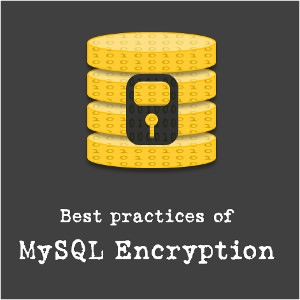Understanding and Applying Logistic Regression

Pluralsight
Course Summary
This course will teach you both the theory and implementation of logistic regression, in Excel (using solver), Python, and R.
-
+
Course Description
Logistic Regression is a great tool for two common applications: binary classification, and attributing cause-effect relationships where the response is a categorical variable. While the first links logistic regression to other classification algorithms (such as Naive Bayes), the second is a natural extension of Linear Regression. In this course, Understanding and Applying Logistic Regression, you'll get a better understanding of logistic regression and how to apply it. First, you'll discover applications of logistic regression and how logistic regression is linked to linear regression and machine learning. Next, you'll explore the s-curve and its standard mathematical form. Finally, you'll learn whether Google's stock returns will go up or down, using Excel (solver), R, and Python. By the end of this course, you'll have a strong applied knowledge of logistic regression that will help you solve complex business problems.
-
+
Course Syllabus
Course Overview- 1m 48s
—Course Overview 1m 48sModeling Relationships Between Variables Using Regression- 36m 38s
—Playing the Odds with Logistic Regression 6m 37s
—Working Smart with Logistic Regression 4m 25s
—Applications of Logistic Regression - Analysis, Allocation 5m 21s
—Applications of Logistic Regression - Prediction, Classification 4m 8s
—Logistic Regression and Linear Regression - Similarities 4m 21s
—Logistic Regression and Linear Regression - Differences 4m 44s
—Logistic Regression and Machine Learning 6m 59sUnderstanding Logistic Regression Models- 33m 39sImplementing Logistic Regression Models in Excel- 29m 41sImplementing Logistic Regression Models in R- 23m 0sImplementing Logistic Regression Models in Python- 17m 57s





